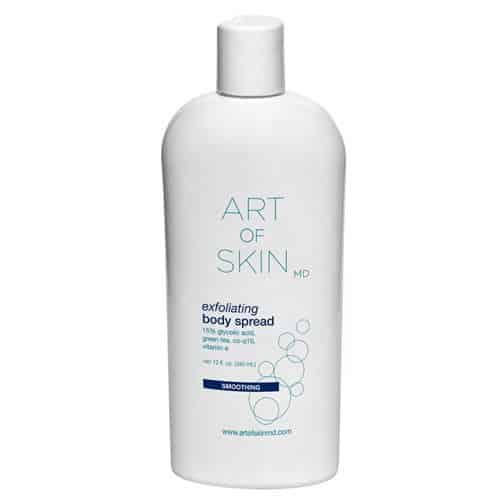As a regular dermatology expert contributor to Instyle Magazine and Instyle.com, along with many other national publications, Dr. Palm shares her knowledge on issues that are both common and uncommon. Oftentimes, common issues may not have well-known names, but most people are familiar with the symptoms. This is usually the case with Keratosis Pilaris, also referred to as KP, or as many patients know it “bumpy, rough skin.” It is a genetically-inherited condition in which skin cells surrounding hair follicles get “sticky” and don’t shed and exfoliate properly like the rest of the skin. This leads to a build up of those excess skin cells in the affected area.

Mostly found on the upper arms, KP characteristically shows up in a pattern of rough bumps and sometimes speckled red skin. Even though the upper arm is the most common area, KP can also be found on the thighs, buttocks and even on the trunk. When taking a closer look at KP, the rough texture and redness of the skin are both centered around each hair follicle of the affected area. In some more extreme cases, the skin can be more darkly pigmented or even scabbed due to irritation.
Although there is no cure for Keratosis Pilaris, improvement of the rough bumps on the skin can be achieved through dermatologic management. There is a variety of topical medications, both prescription and non-prescription that can be used to smooth the skin. One non-prescription strength product that Dr. Palm recommends and see results with is our Art of Skin MD Glycolic Body Spread. Glycolic acid is an alpha hydroxyl acid that helps chemically exfoliate the rough skin patches.
Retinols and retinoids also improve skin turnover and normalize the shedding of the rough bumps that are associated with KP, however, these vitamin A derivatives can cause significant irritation to the skin. Tretinoin, the active ingredient in Retin-A, as well as tazoratene, the active ingredient in Tazorac cream, have both been used to treat KP but overuse can cause severe redness, dryness and irritation.
Treating the redness of the skin caused by KP is a bit more difficult than the texture, but various laser treatments, such as Intense Pulsed Light, have been tried with varying results. For more information on treating KP or any skin condition, schedule your consultation with Dr. Palm today by calling us at 858-792-SKIN (7546) or by emailing us.


